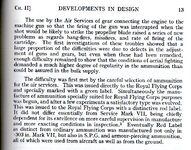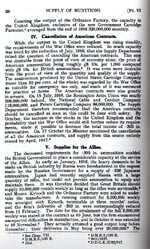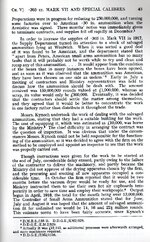... he basically says words to the effect of: "we could have had it all very differently but basically the Air Ministry and the turret people just sort of didnt really bother themselves".
This isnt true.
I'm no expert on the subject but the existence of the Rose turret seems to validate Harris' summarized version of events.
- Years of unsatisfactory progress on turret development
- In exasperation BC skips over Air Ministry / MAP and asks Rose Bros. to develop a turret
- Rose produces a turret arguably better than the FN or BP turrets -- and in service before the other firm's turrets



